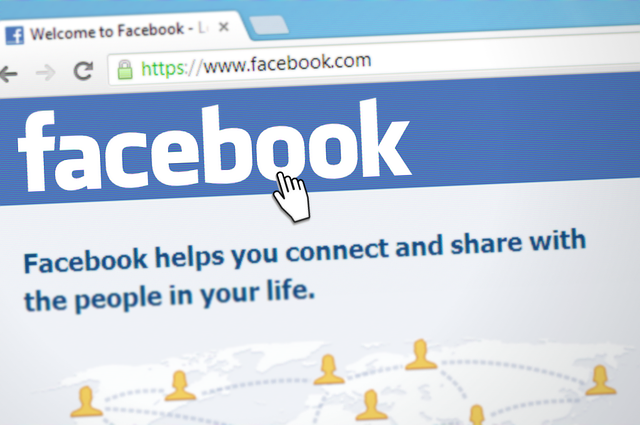Another Facebook News Feed Update
- Published in: Social Media
- Written by Allison Solberg
- Permalink

Last week, Facebook released the following statement:
As part of our ongoing efforts to make News Feed more relevant to people and reduce spam, on August 25 we announced a couple updates to News Feed to help people find posts and links from Pages that they consider the most interesting and relevant. Per the announcement, the upcoming News Feed changes are as follows:
Click-baiting headlines: “Click-baiting” refers to the practice of posting a link with a headline that encourages people to click to see more, without telling them much information about what they will see. However, in an initial survey what type of content they preferred to see in their News Feeds, 80% of the time people preferred headlines that helped them decide if they wanted to read the full article before they had to click through.
With this update, we will be limiting distribution of stories in News Feed that use click-baiting, as determined by a number of factors, namely: time spent away from Facebook reading a link and ratio of people click content versus engaging with the story. So for instance, if many people click on a link from a story but do not spend time reading it and/or do not engage with the story upon returning to Facebook, these stories will likely be deemed less valuable to people and thus receive less distribution.
What this means for you: If you do not engage in click-baiting, your Page should see no negative impact in distribution and may even see a very small increase in News Feed distribution as we reduce stories that people consider less relevant or interesting.
Sharing links in posts: We’ve found that people often prefer to click on links that are displayed in the link format (which appears when you paste a link while drafting a post), rather than links that are buried in photo captions or text updates. With this update, we will prioritize showing links in the link-format, and show fewer links shared in captions or status updates.
What this means for you: To ensure your Page’s stories receive enough attention and engagement, we recommend that you use the link Page post format to share your links instead of a photo Page post with caption (and shortened URL) or text status update. In general, we recommend that you use the story type that best fits the message that you want to tell – whether that’s a status, photo, link or video – across both organic and paid content.
Very interesting! While it has been known that links are more preferred and often showed in user’s News Feeds, social media marketers still live by engaging photos as a best practice. Rarely do you see major brands, especially those within the CPG industry, post links. It seems as if this heavier push on click-baiting and links posts only benefits news publications. Is this an attempt to battle with the real-time news social media platform, Twitter? Facebook has been keeping up with their competitor by slightly adjusting user’s interaction with the platform such as adding hashtags and trending topics. In general, social media users turn to their preferred networks to know what’s going on in the world (and that is not only limited to their personal group of friends).
But what does this really mean for brands? Does this update hurt or help them? For example: Food brands often post recipes on their Facebook pages. This is commonly seen through the use of an image to better highlight how appetizing the recipe truly is. Also, it doesn’t take users very long to read through a recipe. It is what it is. Users quickly glance at the ingredients and then bookmark or pin it to save for later. So if this practice is adjusted and food brands begin using link posts to highlight recipes, will Facebook not show it is as often to fans within their News Feeds? In my experience, recipes highlighted through links posts instead of an image do not perform as well.
Another factor to consider is this may adjust brand’s content strategies overall. Many B2C brands don’t offer content that properly fits this post variation. It’s not that common for a B2C brand to be proactively blogging. Not to say that I think B2C brands should start.
In the end, my best advice is to keep an eye on your image posts. See if there is a decrease in reach and try a few link posts here and there. Over time, you should be able to see if this update is negatively impacting your brand’s Facebook page.
